Stepping into the world of photography can be both exciting and overwhelming, especially when choosing your first camera. With so many options available in 2025, finding the right beginner-friendly camera that balances quality, ease of use, and affordability might seem challenging. The perfect beginner camera should offer intuitive controls, good image quality, and room to grow as your skills develop.
Whether you’re interested in capturing family memories, travel adventures, or exploring photography as a serious hobby, today’s entry-level cameras offer impressive capabilities. You’ll find options from trusted brands like Canon, Nikon, Olympus, and others, each with features designed specifically with newcomers in mind. These cameras provide excellent starting points for your photography journey without overwhelming you with complex settings or breaking your budget.

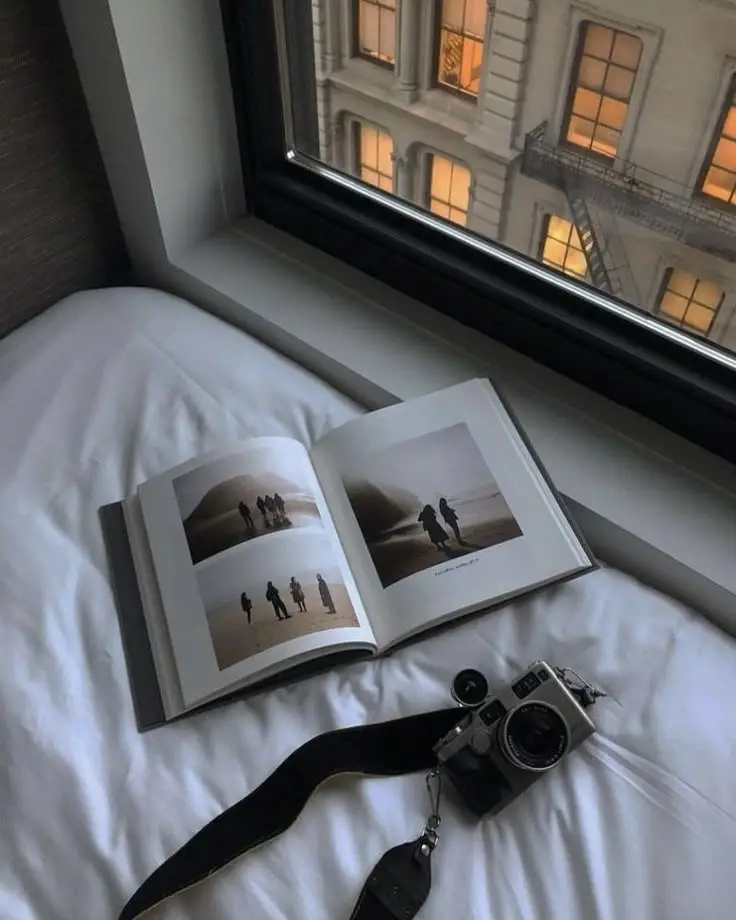

1) Canon EOS R10
The Canon EOS R10 stands as a top choice for photography beginners looking to step into the mirrorless camera world. It offers a perfect balance of accessibility and advanced features that will grow with you as your skills develop.
This compact and lightweight camera won’t weigh you down during long shooting sessions. Its intuitive controls, including a fully operational touchscreen and user-friendly autofocus joystick, make it less intimidating for newcomers to photography.
You’ll appreciate the pop-up flash for those situations where you need a bit of extra light. The R10’s impressive autofocus system helps you capture sharp images even as you’re learning the ropes.
While not the cheapest option available, the R10 delivers excellent value for its price point. Many beginners who started with this camera report loving it as their first serious photography tool.
Tech reviewers consistently rank the Canon EOS R10 as one of the best entry-level mirrorless cameras on the market. In fact, it’s often cited as the top overall choice for novices in 2025 camera guides.
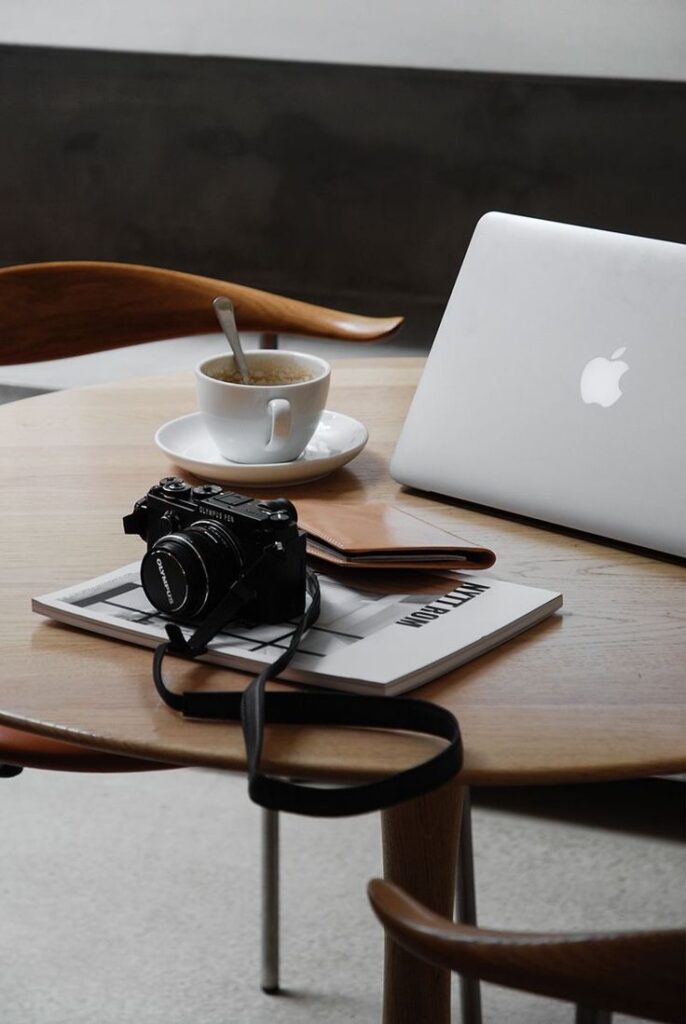

2) Nikon Z fc
The Nikon Z fc stands out as an excellent choice for beginners looking to start their photography journey. Its gorgeous retro styling isn’t just about looks—it actually inspires you to get out and shoot more often.
Don’t let the vintage aesthetics fool you. The Z fc packs modern capabilities in its stylish body, making it a perfect blend of form and function for new photographers.
One of the Z fc’s strongest features for beginners is how it helps you learn. The camera’s tactile dials encourage you to explore manual settings, which is fantastic for understanding how exposure works.
The Z fc is equally adept at capturing both still photos and videos, giving you versatility as you develop your skills. You’ll appreciate this flexibility as you experiment with different types of photography.
Build quality is another highlight of the Nikon Z fc. You get excellent ergonomics that make the camera comfortable to hold for extended shooting sessions.
For anyone seeking a camera that’s both beautiful and smart, the Nikon Z fc delivers a compelling package that will grow with you as your photography skills advance.
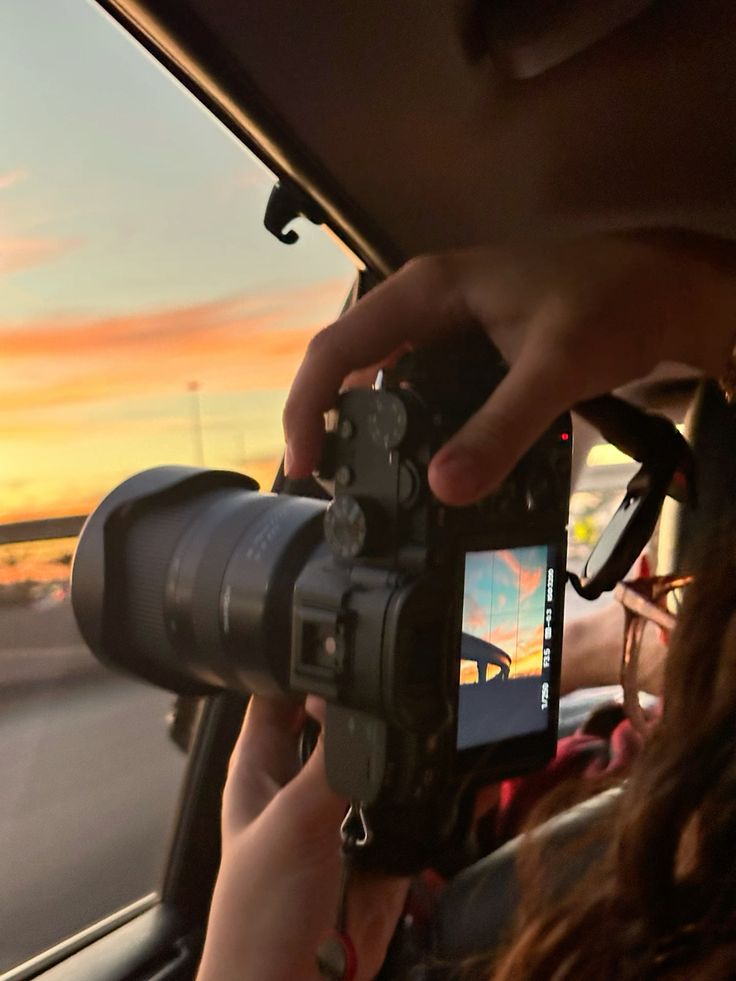

3) Sony A6400
The Sony A6400 consistently ranks as one of the top recommended cameras for beginners with good reason. It strikes an excellent balance between user-friendly features and professional capabilities that will grow with you as your skills develop.
At around €1000, it sits in the mid-range price bracket that offers serious value for beginners willing to invest in quality equipment. Many photographers find this price point provides the perfect blend of affordability and performance.
The A6400 excels in both photography and video, making it versatile for whatever creative direction you choose. Its excellent autofocus system is particularly noteworthy, featuring real-time tracking that keeps your subjects sharp even when they’re moving.
Image quality on the A6400 is impressive with its APS-C sensor delivering clear, detailed photos even in challenging lighting conditions. The electronic viewfinder gives you an accurate preview of your final image.
For beginners who want room to grow, the A6400 offers full manual controls alongside helpful automatic modes. You can start with the auto settings and gradually experiment with manual adjustments as you learn.
The camera’s compact size makes it easy to carry everywhere, encouraging you to practice more frequently. Its portability doesn’t compromise on build quality either, as it features a durable design.


4) Olympus OM-D E-M10 Mark IV
The Olympus OM-D E-M10 Mark IV stands out as an excellent choice for those just starting their photography journey. This lightweight mirrorless camera is specifically designed with beginners in mind, offering intuitive controls that won’t overwhelm you as you learn.
One of the most appealing aspects of this camera is its portability. You can easily carry it throughout the day without the bulk and weight that often comes with more advanced systems.
The E-M10 Mark IV features fast-focusing lenses that help you capture sharp images even as you’re developing your skills. This makes it much easier to get good results while you’re still learning the technical aspects of photography.
If you’re interested in building a camera system over time, the E-M10 makes a great entry point into the Olympus ecosystem. You can start with this camera and upgrade to more advanced models later while keeping your lenses.
For beginners who want to explore both photography and videography, this camera offers capabilities for both mediums. You’ll appreciate how the camera balances user-friendly features with room to grow as your skills improve.
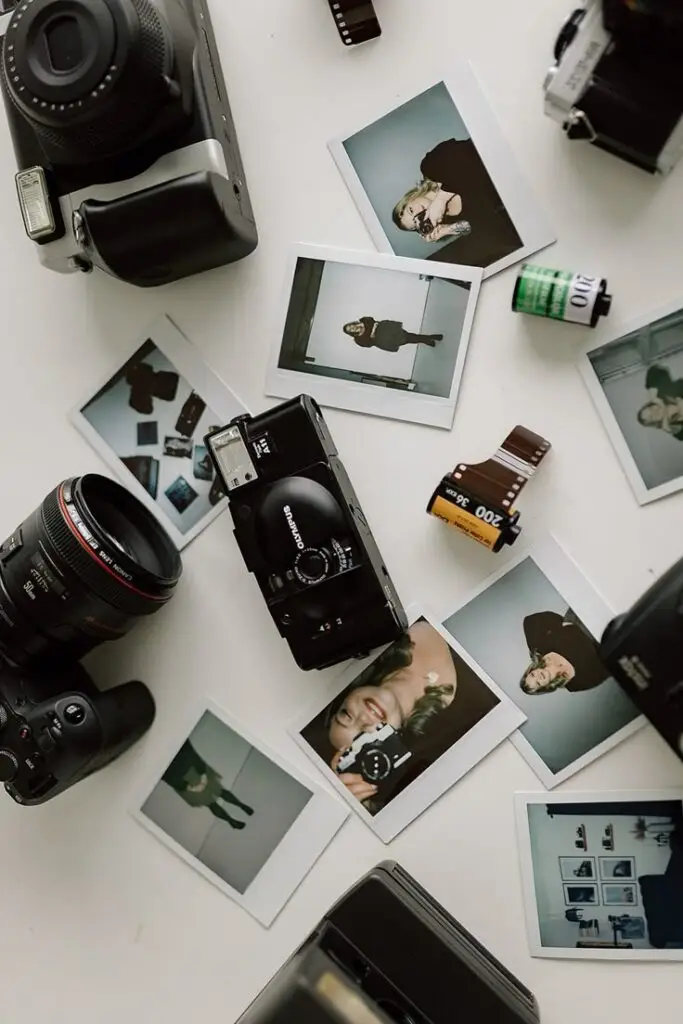

5) Canon EOS Rebel SL3
The Canon EOS Rebel SL3 (also known as the EOS 250D) stands out as an excellent entry point for beginners in photography. This ultralight DSLR camera offers great image processing capabilities while remaining affordable.
You’ll appreciate the articulated touchscreen LCD that makes shooting from different angles much easier. This feature is particularly helpful when you’re learning composition and trying to get creative with your shots.
The Rebel SL3 is often regarded by experts as one of the best Canon DSLRs for beginners. Its user-friendly interface doesn’t overwhelm you with complicated settings while still offering room to grow as your skills develop.
Despite its compact size, this camera delivers impressive high ISO performance, allowing you to capture better photos in low-light situations. The built-in lens corrections also help enhance your images automatically.
While searching for your first camera, you might find the SL3 at excellent prices, especially on the used market. This makes it an even more attractive option if you’re just starting out and aren’t ready to invest heavily in equipment.
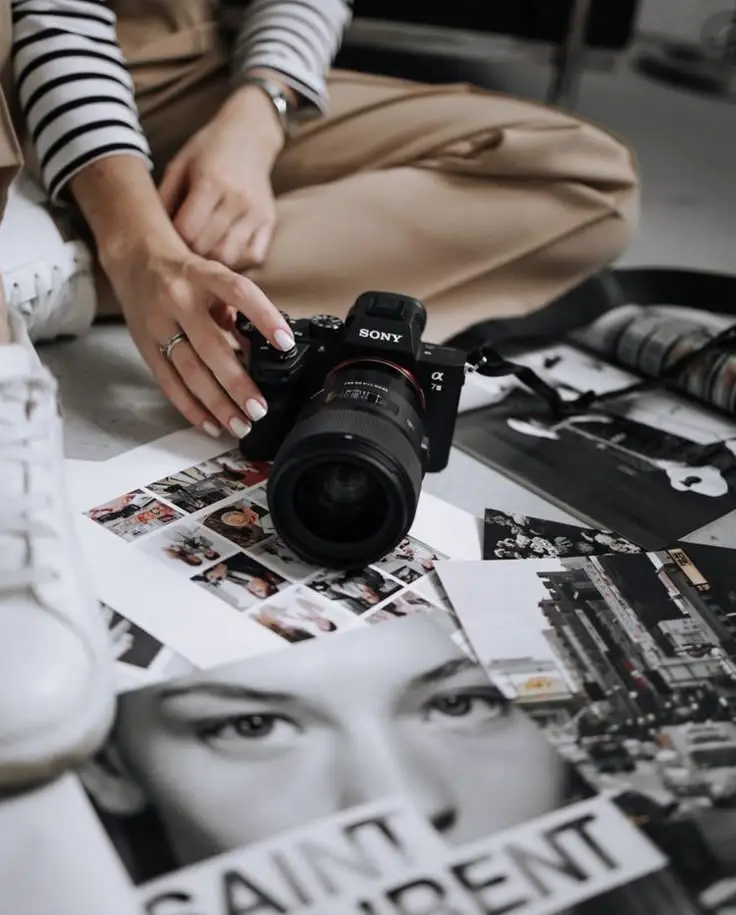

Understanding Camera Basics
Before diving into specific camera recommendations, let’s explore the fundamentals that will help you make an informed choice. Understanding different camera types and key features will empower you to select a camera that suits your needs and growth potential.
Types of Cameras
Mirrorless cameras are increasingly popular for beginners due to their compact size and excellent image quality. Models like the Canon EOS R100 and Nikon Z fc offer great entry points to photography without overwhelming complexity. These cameras have eliminated the traditional mirror mechanism, making them lighter and quieter.
DSLR cameras remain solid options with excellent battery life and optical viewfinders. The Canon EOS Rebel T7i and Nikon D3500 provide intuitive interfaces with room to grow your skills. They tend to have more extensive lens ecosystems, especially in the second-hand market.
Compact point-and-shoot cameras are portable and simple but offer fewer creative controls. They’re perfect if you want something that fits in a pocket while delivering better quality than a smartphone.
Key Features to Consider
Sensor size significantly impacts image quality. Larger sensors (APS-C or Micro Four Thirds) capture more light and detail than smaller ones found in compact cameras.
Megapixels aren’t everything! Around 20-24MP is plenty for beginners. Focus instead on other features like autofocus capabilities and low-light performance.
User interface matters tremendously when you’re learning. Cameras like the Olympus OM-D E-M10 Mark IV offer guided modes that explain settings as you use them.
Connectivity options such as Wi-Fi and Bluetooth make sharing and remote control easier. Most newer models like the Canon EOS R10 include these features.
Budget considerations should include not just the camera body but also lenses and accessories. Sometimes starting with a capable but less expensive model leaves room for quality lenses.
Photography Tips for Beginners
Learning photography fundamentals will help you get the most from your new camera right from the start. These tips will guide you through essential settings and composition techniques that make a big difference in your photos.
Choosing the Right Settings
Understanding your camera’s basic settings is crucial for capturing great images. Start by familiarizing yourself with the exposure triangle: aperture, shutter speed, and ISO.
Aperture (f-stop) controls depth of field. Use lower numbers (f/1.8-f/4) for blurry backgrounds and higher numbers (f/8-f/16) for sharper landscapes.
Shutter speed determines how motion is captured. Fast speeds (1/500+) freeze action, while slower speeds (1/60 or less) create motion blur or require a tripod.
ISO affects your camera’s light sensitivity. Keep it low (100-400) in good lighting for the best quality. Only increase ISO when necessary in darker conditions.
Try using Aperture Priority mode (A or Av) as you learn. This semi-automatic mode lets you control depth of field while the camera handles shutter speed.
Composition Techniques
Good composition transforms ordinary scenes into compelling photographs. The rule of thirds is a great starting point – imagine your frame divided into nine equal parts and place key elements along these lines or at their intersections.
Leading lines naturally draw the viewer’s eye through your image. Look for roads, fences, or architectural elements that create paths toward your subject.
Fill the frame with your subject for impact. Don’t be afraid to get closer or zoom in to eliminate distracting elements from your composition.
Try different perspectives instead of always shooting at eye level. Get low to the ground or find a higher vantage point to create more interesting and unique images.
Pay attention to the background. Even the most beautiful subject can be ruined by a cluttered or distracting backdrop. Simple backgrounds often create the most powerful images.
- 18shares
- Facebook0
- Pinterest18
- Twitter0


